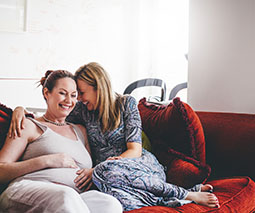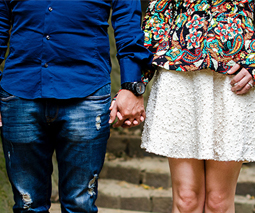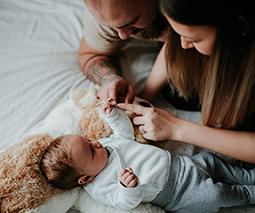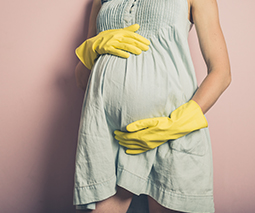Hoping to conceive a girl? Here’s what you need to eat
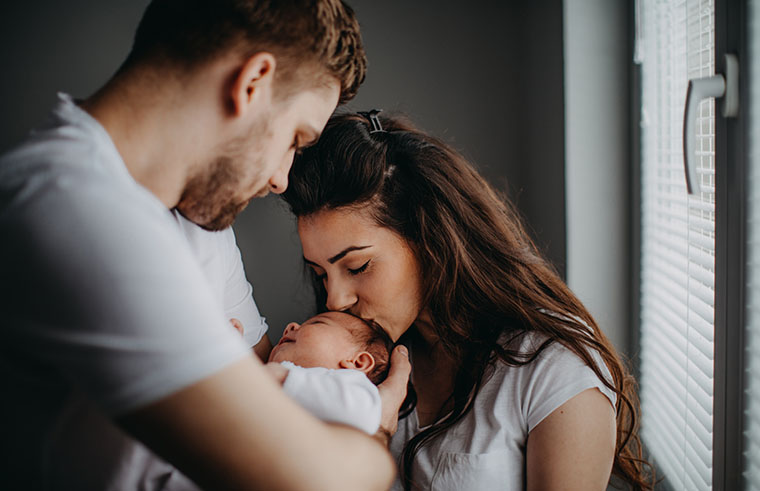
Believe it or not, by following certain dietary rules you can greatly increase your chance of conceiving a girl.
And while we can’t claim the methods work one hundred percent of the time, if you have a preference, these might be worth a shot.
What’s the ‘baby girl’ diet?
We’ve previously spoken to the experts about what to eat when you’re trying to conceive, and tips to increase your chances of conceiving a baby boy. Now we want to take a closer look at some of the diet tips floating around about natural gender selection of the pink variety.
Of course, it’s important to point out that anyone looking to dramatically change their current diet should speak to their doctor or a registered dietician for individualised advice.
Calcium and magnesium rich foods
A study published in the Reproductive BioMedicine Online Journal found women who kept a strict diet high in calcium and magnesium and low in sodium and potassium greatly increased their chances of conceiving a girl.
Examples of foods high on the ‘girl friendly’ list include cheese, milk, butter, nuts and beans. While foods such as bananas and potatoes should be avoided as they are considered more ‘boy friendly’.
Consume acid-forming foods
According to the blog, howtoconceiveagirlnaturally.org, foods that are acid producing, but not necessarily acidic, should be consumed by women hoping for a girl.
Here are the acid-producing foods that are most important:
- all fish: cod, salmon, mackerel, tuna, haddock, carp
- all meat: poultry, lamb, beef, turkey
- cheese and butter
- all grains and their products: wheat, white flour, bread, rice
- Fruits such as olives, plums, blueberries
- Legumes such as walnuts, beans, peas, peanuts
- Cocoa, vinegar, mustard and even alcoholic drinks! Well, maybe avoid tequila slammers, yeah?

Beyond diet…
Timing of intercourse is also believed to play an important role in natural gender selection. This is largely due to the different characteristics of male and female sperm – male sperm swim faster but die quicker, while female sperm move slower and live longer. (No surprises there). This is further outlined by the ‘Shettles Method‘.
For this reason, participants in the study published in Reproductive BioMedicine Online Journal were also asked to pay meticulous attention to their ovulation cycles, and to ensure conception happened three to four days prior to ovulation. By doing this, they increased the likelihood that the surviving sperm available once the egg made its way down to be fertilised would be female.
So, now you know. Good luck!
 Join the Bump and Baby: The Fourth Trimester online event! With live expert sessions, FREE newborn routine guide & the chance to WIN a $500 Nursery gift voucher. Click here to find out more and make sure you don’t miss a thing!
Join the Bump and Baby: The Fourth Trimester online event! With live expert sessions, FREE newborn routine guide & the chance to WIN a $500 Nursery gift voucher. Click here to find out more and make sure you don’t miss a thing!
